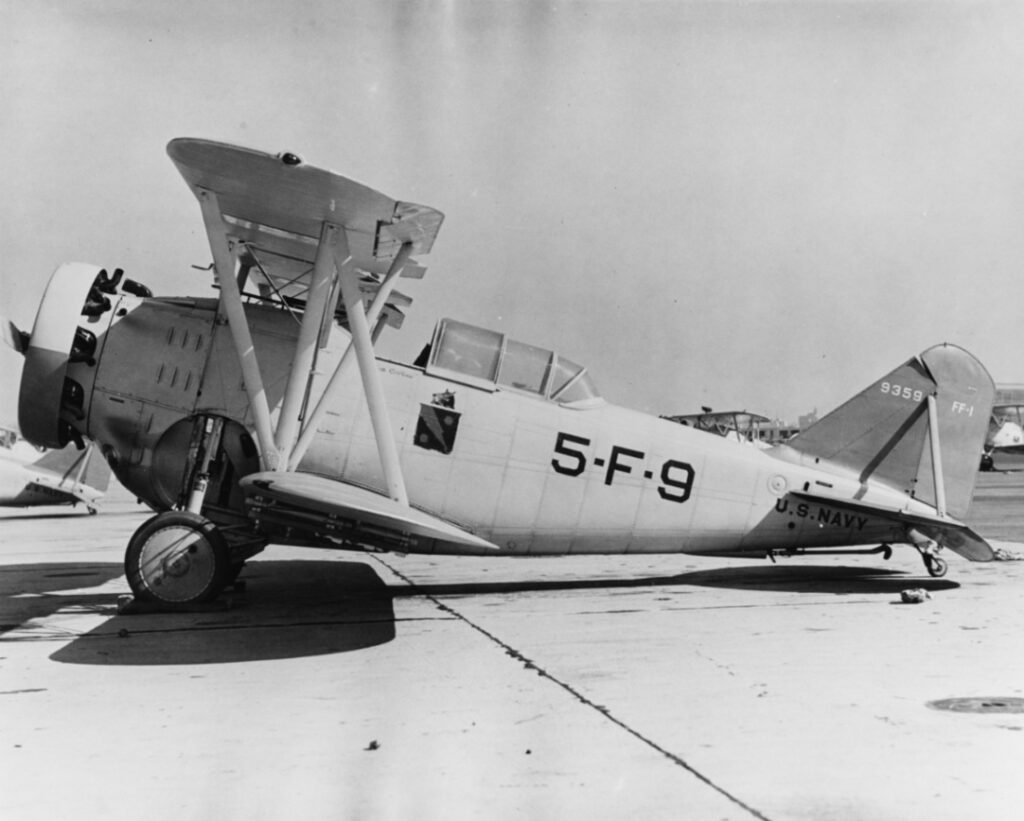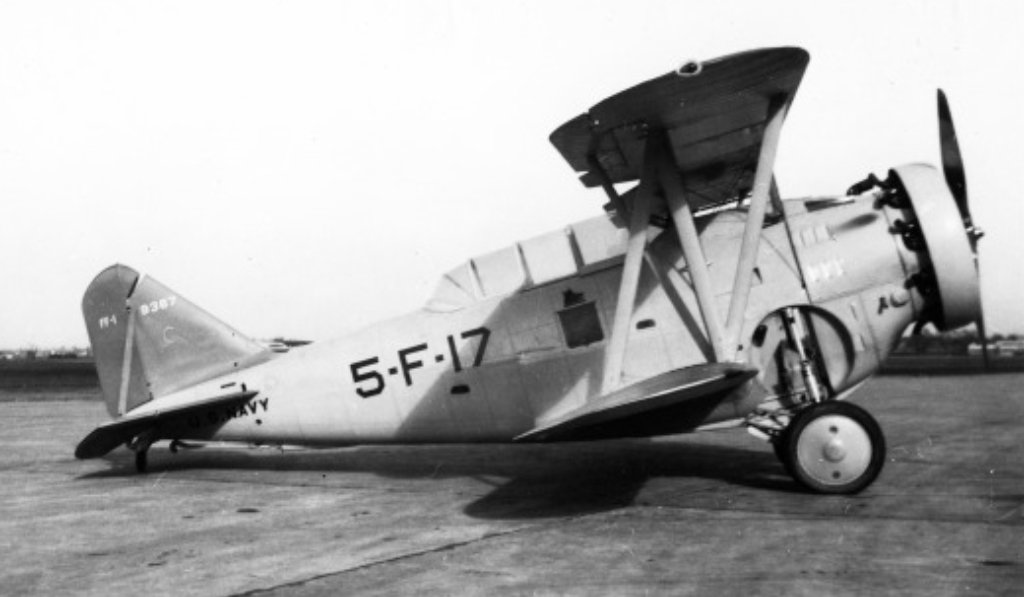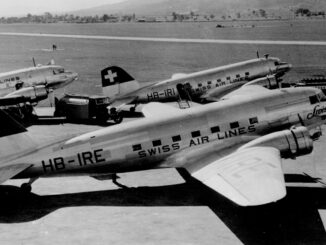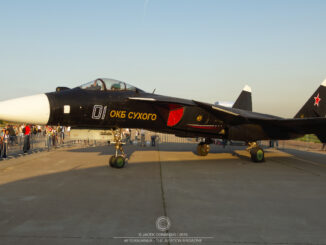 On 29th December 1931, the Grumman FF biplane fighter aircraft performed its maiden flight.
On 29th December 1931, the Grumman FF biplane fighter aircraft performed its maiden flight.
The October of 1929 was mainly marked by catastrophic collapse of American stock market, commonly known as the Great Crash and which was one of the reasons of the worldwide Great Depression. However, it was also the time the Grumman aviation company was established.
In the middle of a recession, just two months after the so-called ´Black Thursday´ on Wall Street, six men led by Leroy Randle Grumman decided to establish a new aviation enterprise – the Grumman Aircraft Engineering Corporation.
The new company began its activity from making pontoon floats for the US Navy seaplanes, such as Vought O2U Corsair scout and observation aircraft. These floats were of advanced design and included a retractable landing gear. The new feature aroused interest among the Navy officials and finally the Grumman company was asked to design retractable landing gear kit for the Navy´s Boeing F4B biplane fighters.
Instead of developing the retrofitting kit, Leroy Grumman proposed a completely new fighter, equipped with the retractable landing gear. The aircraft, designated XFF-1, was a biplane of all-metal construction with wings covered with fabric. It was powered by 616 hp Wright R-1820-E Cyclone radial engine and had two seats – for pilot and observer/gunner – placed in fully enclosed cockpit.
In April of 1931 the design was approved by the US Navy and construction of the first prototype began shortly after. On 29th December 1931, the XFF-1 performed its maiden flight. After a few trials, its original engine was replaced by R-1820-F, generating 750 hp. With the new powerplant, the Grumman fighter proved to be faster than any other US Navy aircraft in service at that time.

One year after the maiden flight, the Grumman biplane fighter was approved for serial production. The aeroplane received the factory designation G-5 and the Navy designation FF-1. The latter quickly led to its common nickname – the Fifi.
Initially, the US Navy ordered twenty-seven examples of the FF-1. The aircraft entered service in June of 1933 and became the world´s first active-duty carrier-borne fighter with retractable landing gear. Shortly afterwards, the Navy ordered another batch of thirty-three aeroplanes. They were intended to serve as scout aircraft, thus received other designation, SF-1.
Apart from the US Navy, the FF-1 biplane was also operated by the Royal Canadian Air Force and the Spanish Republican Air Force. The Canadian variant was named Goblin and represented a new, improved variant of the fighter, called G-23. The aeroplane was manufactured under license by the Canadian Car and Foundry Corporation that built fifty-two examples of the Goblin.
The Spanish variant was designated GE-23 Delfin (English: dolphin) and a total of thirty-four aircraft of that version were built. An interesting fact is that, to get around embargo on weapon deliveries to Spain, these aeroplanes were made and then shipped with use of forged documents, pretending the FF-1s were ordered by Turkey.
In addition, single examples of the aircraft were acquired for evaluation purposes by Japan, Mexico and Nicaragua. However, none of those countries decided to follow with the FF-1 purchase.

The Grumman biplane had a short operational service with the US Navy. Rapid development of aviation in the 1930s quickly made the Fifi obsolete as a fighter. The FF-1 fleet was retired in just two years after entering the service. Nevertheless, the biplane received a second life – twenty-five examples were converted for a two-seat fighter trainer, designated FF-2. In that new role, the Grumman biplane stayed on duty until the late 1940s.
The Canadian variant of the fighter was operationally used until 1941. Although being obsolete, the Goblins were still on fighter duty with No. 118 Squadron of the RCAF within the Canadian coast defence duties. In the late 1941, the RCAF Grumman biplanes were succeeded with Curtiss Kittyhawk aircraft.
The GE-23 aircraft that served with the Spanish Republican Air Force were the only aeroplanes of this type used in combat. During the Spanish Civil War, one of Delfin pilots claimed an air victory over Heinkel He 59 of the ´Legion Condor´. It was the only combat victory ever scored by any Grumman biplane.
Eleven GE-23 aircraft survived the war and then, although considered obsolete, they were taken on strength with the Spanish Air Force. And fun fact is – the Spanish personnel nicknamed the aircraft Pedro Rico, after one of the Spanish Republican politics of the time. Reportedly, the round shapes of the Grumman GE-23 resembled silhouette of the former mayor of Madrid and were the reason of that irreverent byname.

Cover photo: Grumman FF-1 (c/n 9359 VF-5B), photo from Ray Wagner collection of the San Diego Air and Space Museum



